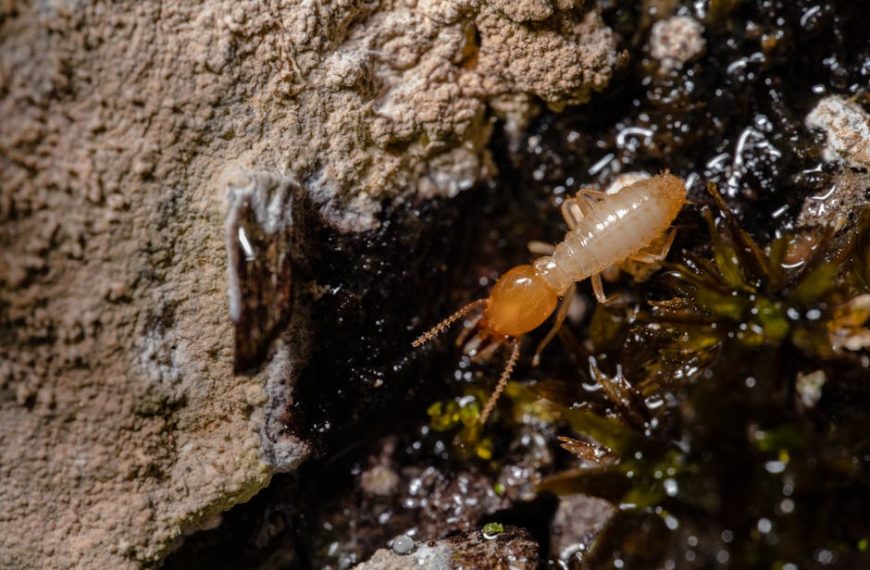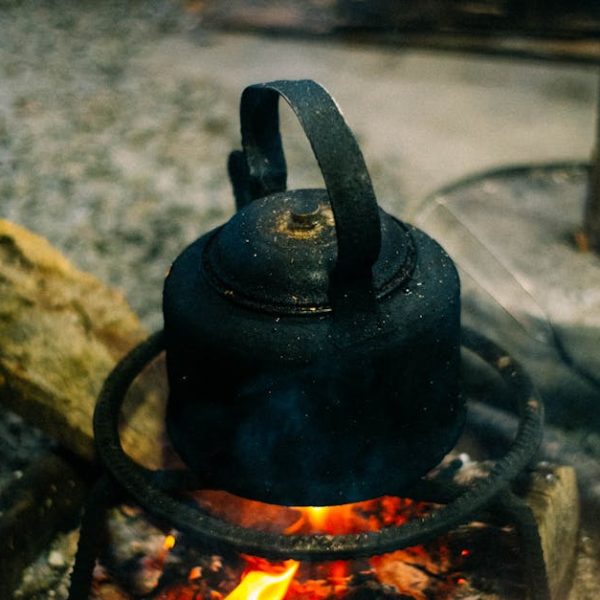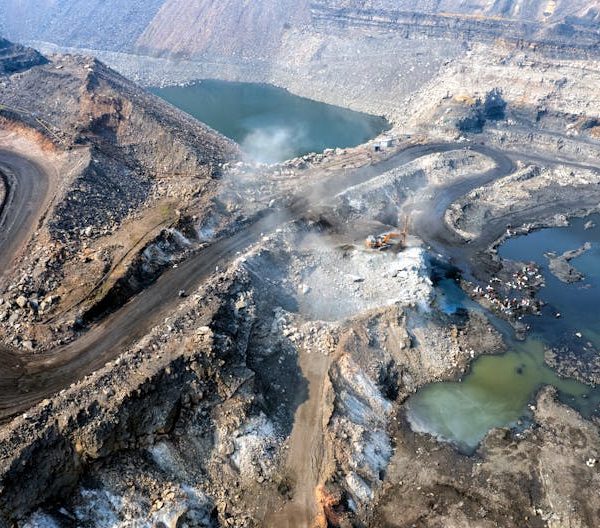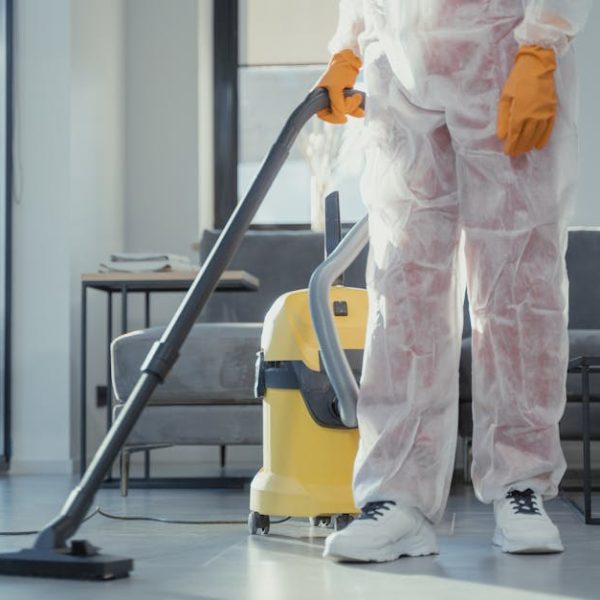Let’s start with a simple answer: Yes, you can put Drano in your kitchen sink. However, like many things in life, it’s not quite that straightforward. Drano, a popular drain cleaner, is commonly used to dissolve hair, grease, soap scum, and other clog-causing debris. Before you pour a whole bottle down the sink, you should understand how Drano works, the potential implications of overuse, and the best alternatives to keep your kitchen plumbing healthy.
Understanding Drano and its Uses
Firstly, it’s helpful to familiarize yourself with Drano. This widely-used product is primarily composed of sodium hydroxide, also known as lye, a powerful substance that can break down many materials. When used properly, it can help you combat some forms of blockages in your water pipes.
There are several types of Drano available on the market, each designed for a specific use:
- Drano Max Gel: Specially formulated to tackle tough bathroom clogs from hair, soap scum, and more.
- Drano Dual Force Foamer: Designed to unclog drains and kill odorous bacteria.
- Drano Crystals: Ideal for tougher clogs that require a stronger product.
- Drano Advanced Septic Treatment: Maintains your septic system with monthly use.
Best Practices for Choosing Drano:
- Always select the correct type of Drano for your specific need.
- Always follow the product instructions for best results.
- Even if the product is safe for different materials, check your pipe’s material before using it.
- Never blend different Drano products. Mixing them can cause harmful chemical reactions.
Can Drano be Used in Kitchen Sinks?
Yes, Drano can be used in kitchen sinks. If used correctly, it can be an incredibly efficient solution to unclog drains. However, care must be taken not to overuse it, as it can also lead to potential damage to your kitchen plumbing, especially if your pipes are particularly old or made from certain materials.
Pros of Using Drano in Kitchen Sinks:
- Powerful and efficient drain cleaner
- Easy to use
- Readily available
Cons of Using Drano in Kitchen Sinks:
- May damage older pipes
- Has a potential for overuse and misuse
- Temporary solution for bigger clogs
Pro Tip:
Consider using Drano sparingly and intermittently, rather than as a frequent solution, to protect the longevity of your kitchen plumbing.
The Impact of Drano on Kitchen Plumbing
When used judiciously, Drano can be a useful tool to unclog your kitchen sink. However, frequent or improper use can potentially harm your pipes. Given its main component, sodium hydroxide, can react with the material of your pipes, repeated use can lead to corrosion and subsequent leakage.
Signs of Potential Plumbing Problems after using Drano:
- Water draining slower than before
- Frequent clogs in the same sink
- Leakage or seepage along your pipes
- Unusual noises coming from your pipes
Particularly for households with older, metal pipes, frequent use of Drano might end up causing more harm than good. That’s not to say Drano is a bad choice, but like many things, it’s best used in moderation and with a thorough understanding of the possible implications.
Is It Safe to Use Drano After Vacuuming Up Diatomaceous Earth in My Kitchen Sink?
Using Drano after vacuuming up diatomaceous earth in your kitchen sink can be problematic. While Drano may clear clogs, combining it with diatomaceous earth could create unwanted reactions. Always follow vacuuming tips for diatomaceous earth to prevent buildup and consider natural alternatives to maintain kitchen safety.
Alternatives to Using Drano in the Kitchen Sink
While Drano is a go-to solution for many homeowners, there are also several alternatives you can consider. Some of them are less harsh on your pipes and are also environmentally friendlier. Here are a few:
- Plunging: Good old physical force can dislodge most minor clogs.
- Hot Water and Dish Soap: A combination of boiling water and dish soap can melt and dislodge grease-based clogs.
- Vinegar and Baking Soda: This DIY alternative is effective, safe, and environmentally friendly.
- Professional Plumbing Services: For extreme clogs, it’s often best to call a professional.
Comparison Between Drano And Alternatives:
| Cost | Efficiency | Environmental Impact | |
|---|---|---|---|
| Drano | $$ | High | Negative |
| Plunging | $ | Varies | None |
| Hot Water & Dish Soap | $ | Medium | Minimal |
| Vinegar & Baking Soda | $ | Medium | Minimal |
| Professional Services | $$$ | High | Minimal |
DIY Unclogging Checklist:
- Gloves
- Plunger
- Baking Soda
- Vinegar
- Tea kettle or pot (for boiling water)
- Dish Soap
Maintaining a Drano-free Kitchen Sink
It’s always better to prevent clogs than to react to them. Some simple, daily practices can help you avoid the need for chemical drain cleaners in the first place.
Pro Tip: Be mindful of what you’re washing down the sink. Avoid disposing of large food particles, oil, and grease there – they are notorious for causing clogs.
Daily/Weekly Best Practices:
- Wipe dishes clean before washing them, eliminating the majority of food particles.
- Use mesh drain guards to catch larger debris.
- Run hot water through the sink after each use to clear minor build-up.
- Regularly clean your drain stopper.
- Once a week, use a safe DIY drain cleaning method (like vinegar and baking soda).
At the end of the day, treating your kitchen plumbing system with care can help extend its lifespan and reduce the need for potentially damaging chemicals like Drano. With the right information and tools in your hands, you can make the best choices for your home’s plumbing health.
Key Takeaway:
- Drano is a popular drain cleaner that can be used in kitchen sinks to dissolve clogs. However, it should be used sparingly to avoid possible damage or corrosion to the plumbing system.
- There are different types of Drano, each designed for a specific use. It is important to choose the right type for your needs and follow the product instructions.
- While Drano can be effective, there are also a variety of alternatives including plunging, hot water and dish soap, vinegar and baking soda, and professional plumbing services. These can be less harsh on your pipes and more environmentally friendly.
- Proactive measures like proper food disposal and regular cleaning can help maintain a free-flowing kitchen sink without the need for chemical drain cleaners.
While Drano can be a handy tool for dealing with clogs in your kitchen sink, it’s important to use it with care. Remember, the health and longevity of your home’s plumbing system is paramount. Armed with this knowledge, you can make informed decisions that will keep your pipes flowing freely.
FAQs
Q: Is it safe to use Drano in all types of pipes?
A: Not all materials react similarly to Drano. It’s crucial to know the material of your pipes before using Drano, especially if you have older, metal pipes.
Q: Can I use Drano in other parts of my house like the bathroom?
A: Yes, there are different types of Drano formulated for various uses, including unclogging bathroom drains.
Q: Besides clogs, what other plumbing problems can Drano solve?
A: Drano is primarily designed for tackling clogs. However, some versions can also kill odorous bacteria.
Q: Can I mix different Drano products for more effectiveness?
A: Mixing different Drano products is not advisable as it can cause harmful chemical reactions.
Q: Can regular use of Drano lead to other plumbing issues?
A: Frequent or improper use of Drano can potentially harm your pipes, leading to corrosion and subsequent leakage.
Feel free to share this article, and don’t hesitate to explore more posts on our website for further insights on home maintenance and repair.












